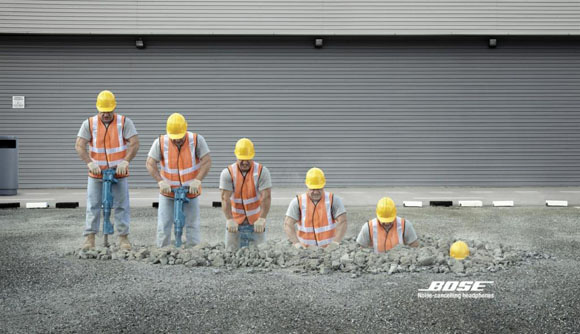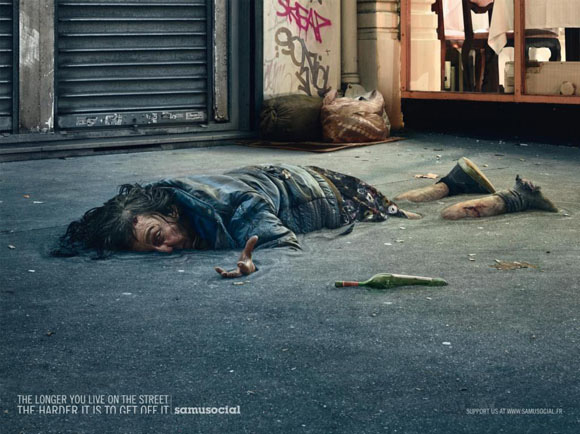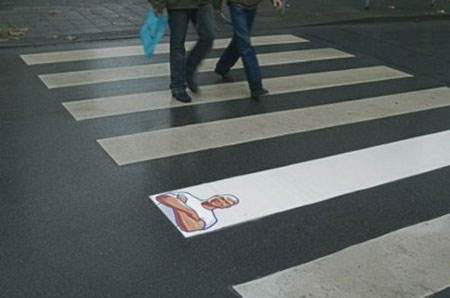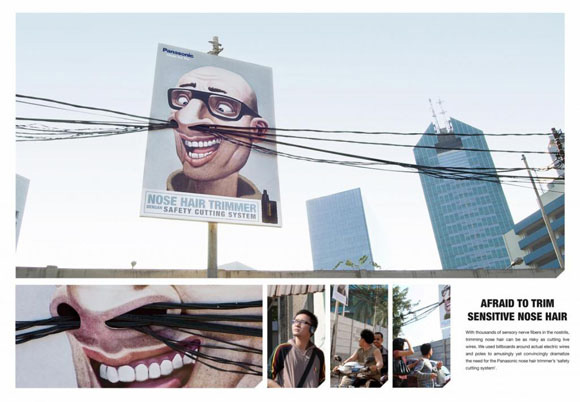El Capitan, a towering 3,000' monolith of granite located in Yosemite Valley, presents a brutal challenge for any climber. Here's how legendary climber Mayan Smith-Gobat describes her 2011 ascent the mountain's Salathe Wall:
"My brain switches off to everything else, and only that moment exists...that's probably when you feel most alive, but you're not thinking about life. It's just being there, right there.. Most of it's just body and mind coming together, everything focused on one task."
Interestingly, that type of language is exactly how creative always people describe their creative process; regardless of their age, nationality, or the project they're working on. And while it is surprising enough that people from all walks of life would describe creativity in the same way, it seems even stranger that the language they use also describes rock climbing - or even religion. As it turns out, all of these activities are manifestations of what creativity scholar Mihaly Csikzentmihalyi has termed "flow".
Flow is the automatic, effortless, and highly focused state of consciousness that comes along with stretching one's capacity and engaging in novel discovery and creation. Flow is that feeling that we've likely all had of "losing oneself" entirely in an activity, only to "wake up" minutes or hours later to find that the world has gone on without us. Through in-depth interviews with dozens of highly creative people, Csikzentmihalyi found a few common factors that allow people to find flow:
- There are clear goals every step of the way.
- There is immediate feedback to one's actions.
- There is a balance between challenges and skills.
- Action and awareness are merged.
- Distractions are excluded from consciousness.
- There is no worry of failure.
- Self-consciousness disappears.
- The sense of time becomes distorted.
- The activity becomes autotelic.
The last factor is the big one, since that's what what allows us to really lose ourselves in the creative process. Autotelic is a Greek word for something that is an end in itself; it's a poem written because it wants to be written, or a mountain climbed because it is there. An activity becomes autotelic when we're just at the edge of what we're capable of, or "trying something that's right at your limit", as Smith-Gobat says. The balance of this challenge, along with the freedom to focus and a confidence in our ability, is what allows us to engage freely in the creative process. And that's where all the other elements come in. Jack Kerouac famously taped hundreds of sheets of paper together and fed them into his type writer while writing On The Road, for instance, so that he could avoid the distraction of changing pages. His goal was to become completely absorbed in the story he was creating, as flow is found when we're acting and creating and learning without thinking of any of those things.
We actually had a term to describe this same phenomenon in rowing: "swing" was eight rowers becoming one. I suspect that this feeling was a lot like the sensation of mind and body coming together that Mayan Smith-Gobat describes, as well as what a person in the throes of religious ecstasy might experience. All three are instances of people pushing themselves to their limits, searching for something beautiful. And while that doesn't necessarily make rowing (or prayer) a creative activity, it is pretty fascinating that our brains treat all three the same way.
For more, check out Csikzentmihalyi's book "Creativity", or just watch Mayan be a total bad*ss in this absolutely stunning video of her ascent up El Capitan's Salathe Wall.












